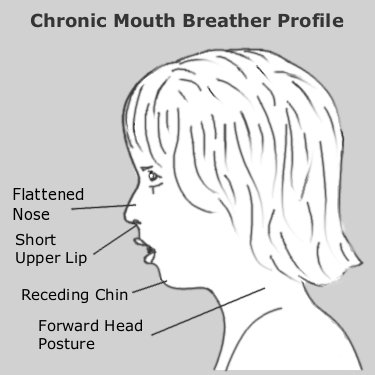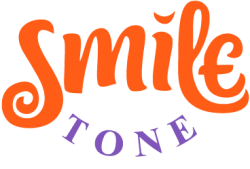Breathing is fundamental to life and we often don’t tend to think about it much, it happens automatically. However, the way we breathe can impact on how well our body functions. We are born nasal breathers and are meant to remain that way but for some of us, our mouths took over this very important habit.
What's different about mouth breathing vs nasal breathing?
Nasal breathing helps to:
-
Filter the air
-
Heat and hydrate the air
-
Release nitric oxide into our system (gas produced in the sinuses) – works as an anti-inflammatory, antioxidant and vasodilator (helps with blood and oxygen flow throughout body and brain)
-
Reduce volume of air – over-breathing (chronic hyperventilation) is detrimental to our health
Ideally we should be breathing 8-10 times/minute (4-5L/min) which equates to 1 breath every 6 seconds. Those that mouth breathe, actually over-breathe and take one breath about once every 3 seconds and in doing this, expire too much carbon dioxide (CO2). Carbon dioxide assists in the oxygen release from haemoglobin, prevents smooth muscle spasms, maintains the blood pH, aids in relaxation (triggering parasympathetic nervous system) and triggers breathing by activating the medullary sensor (helps us to know when to take a breath).
Why do some people mouth breathe in the first place?
-
Obstruction in nose - large adenoids, polyps, deviated septum, enlarged turbinates, chronic nasal congestion, allergic rhinitis
-
Habitual – had nasal obstruction at some stage but habit persisted
-
Anatomical – short upper lip (can’t get lips together)
What if I don't correct my mouth breathing habit?
Due to the ongoing stress that chronic mouth breathing puts on our bodies, this habit may lead to:
-
Gingivitis and gum disease
-
Bad breath – more plaque/bacteria on tongue
-
Higher risk for cavities
-
Low tongue posture – tongue should be resting in palate to help guide upper jaw growth
-
Malocclusion (overbite, deep bite, reverse bite) – crooked teeth
-
Reduced dental arch space (narrow upper jaw) and high palates
-
Greater potential for orthodontic relapse
-
TMJ dysfunction - grinding/clenching teeth, sore jaws
-
Increased breathing rate, heart rate
-
Headaches, sinusitis
-
Sore/dry throat and cold symptoms, tonsil swelling
-
Cracked/dry lips – lip licking habit
-
Chronic cough/throat clearing
-
Depression/anxiety
-
Noisy breathing, eating
-
Impaired sense of smell
-
Snoring
-
Allergies, dark circles under the eyes
-
Asthmatic symptoms
-
Poor sleep/sleep apnoea—leading to chronic fatigue/ADHD/bed wetting
-
Poor posture
-
Digestive disturbances—gas, upset stomach, acid reflux, etc.
-
High blood pressure, heart problems
-
Erectile dysfunction disorders
Facial growth and development
Children whose mouth breathing goes untreated, may result in altered facial and dental development. This is largely due to the low tongue rest posture – you can’t breathe through your mouth with your tongue up. The tongue is vital in guiding the growth of the upper jaw – sideways and forwards. If the upper jaw is small, the airway space is reduced and nasal breathing is harder to achieve. Often mouth breathers have long, narrow faces, less defined cheek bones, small lower jaws, gummy smiles and crooked teeth.
How can we help mouth breathers and create a healthier habit?
The mouth breathing habit can be changed but it won’t happen overnight – it does takes time and effort. Myofunctional therapy is designed to improve muscle strength/tone while creating healthy habits – lip seal, elevated tongue rest posture, nasal breathing and correct chewing and swallowing techniques. This is done by doing daily exercises and using reminder techniques.



